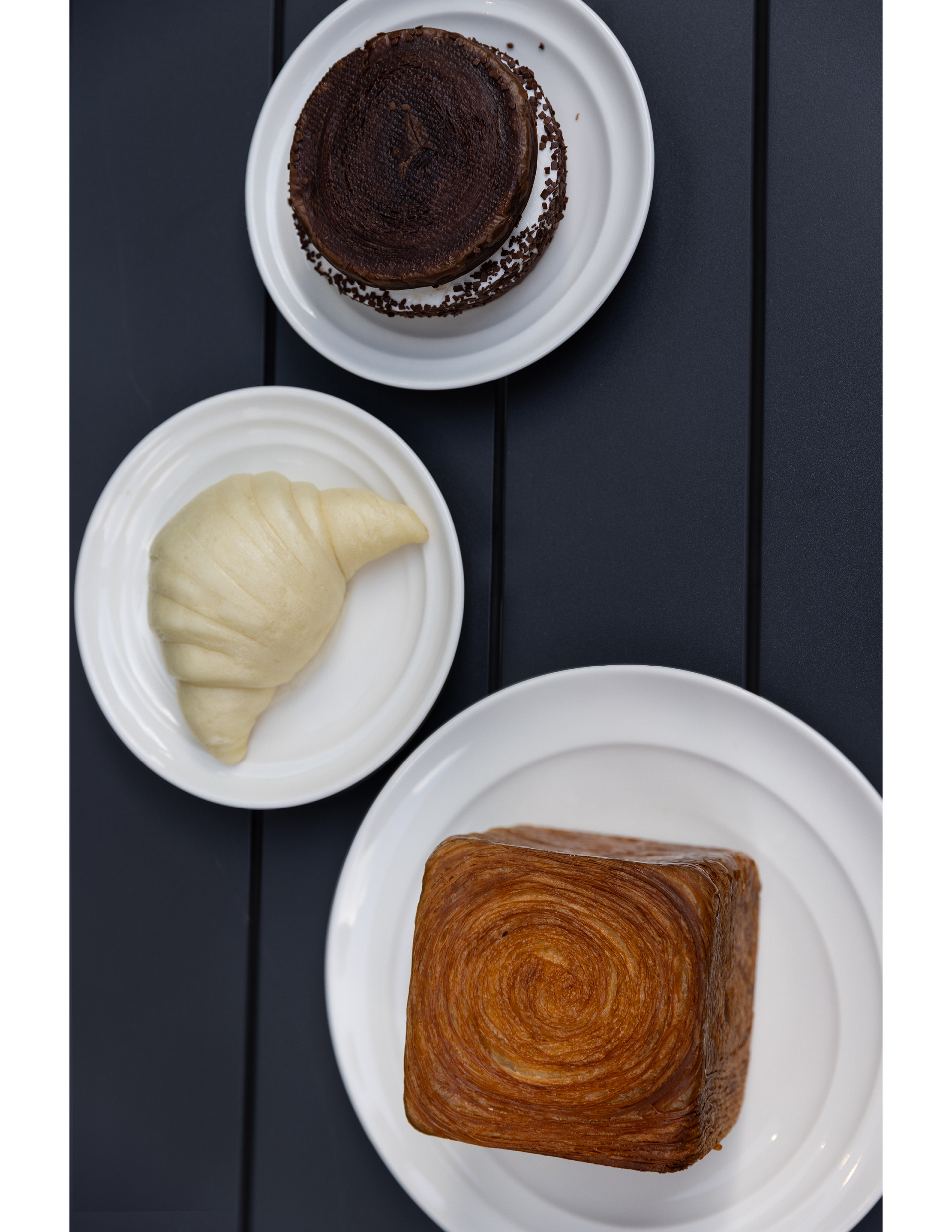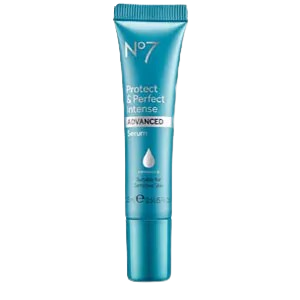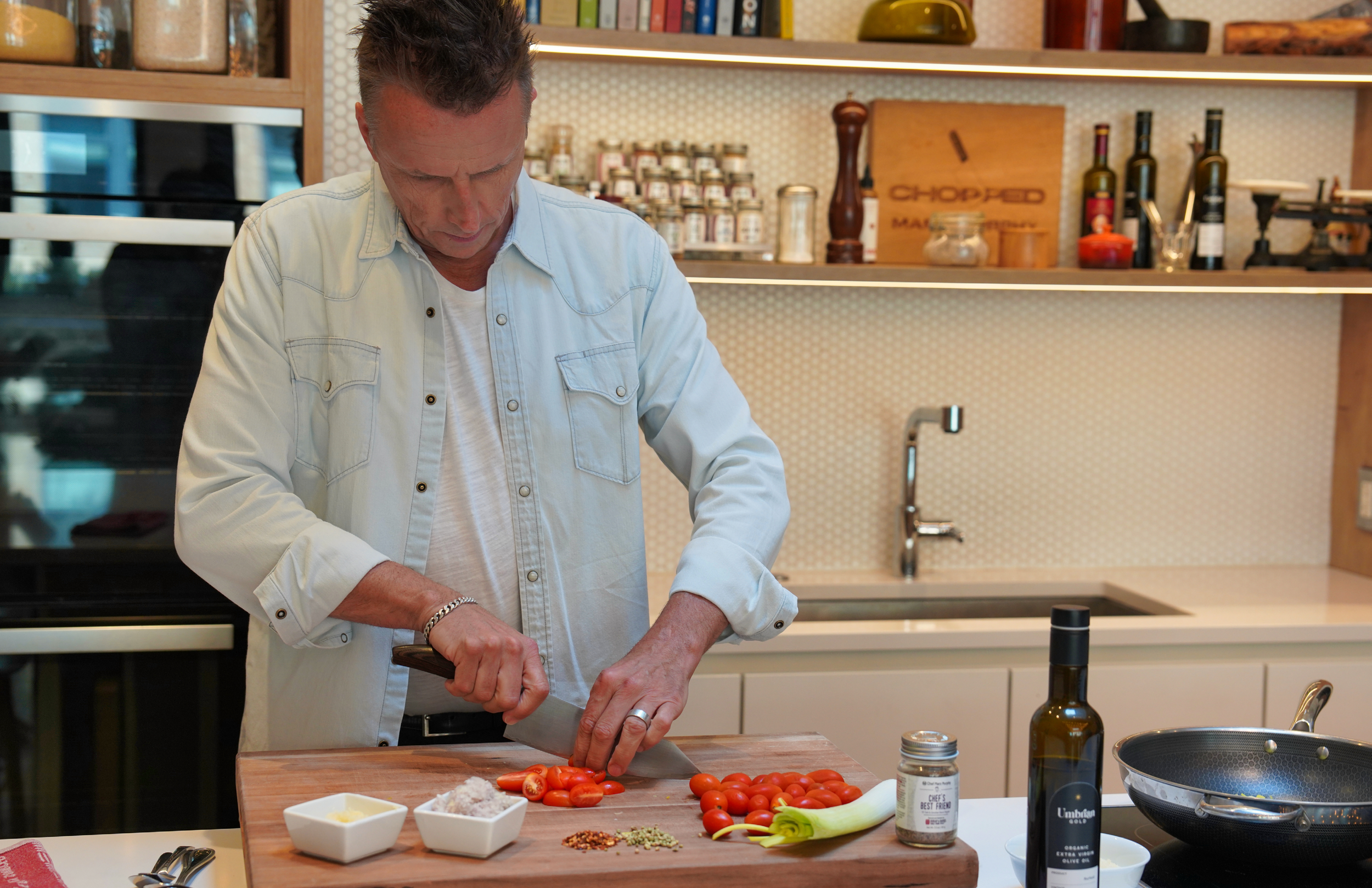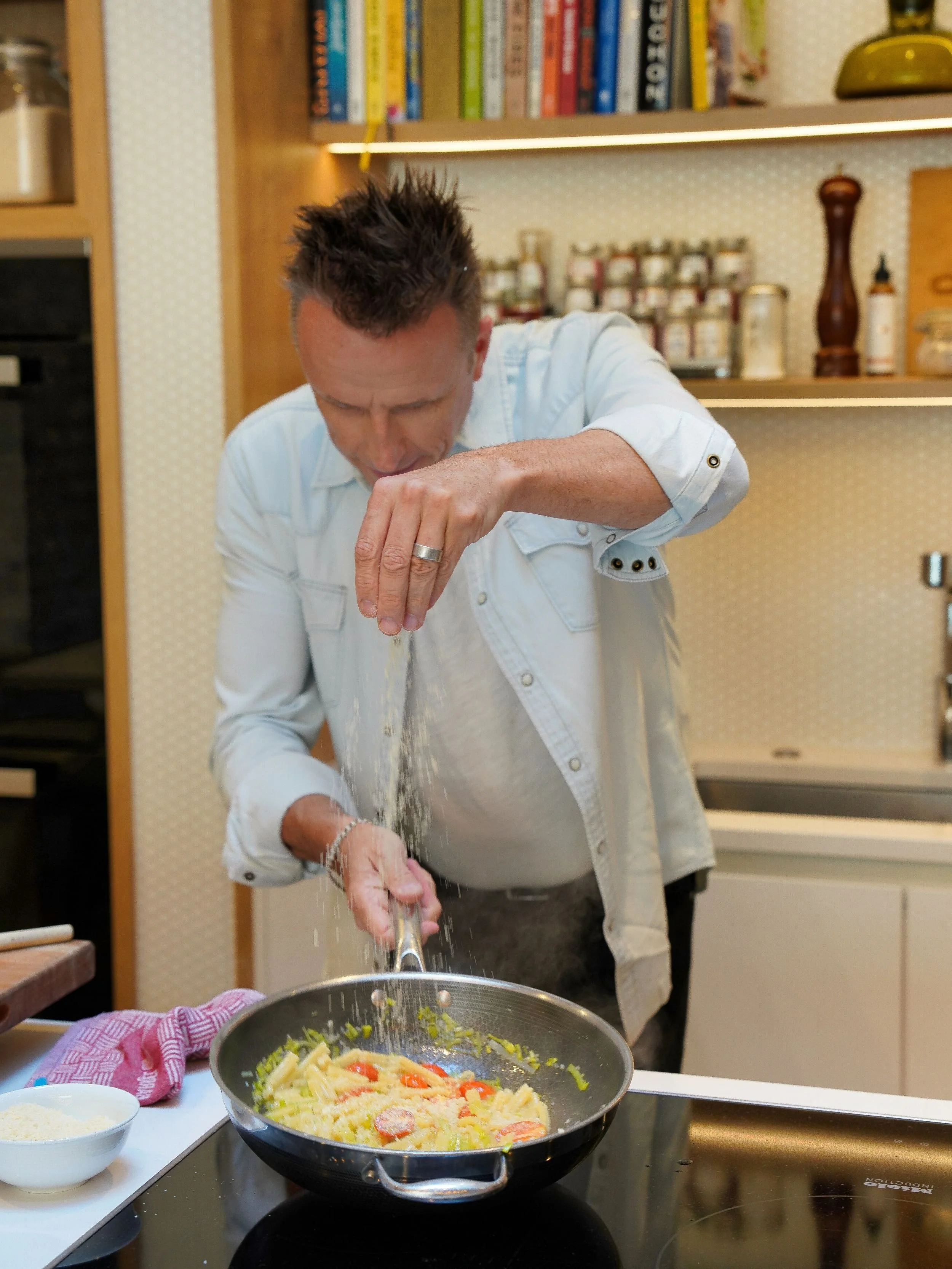What if the key to sustained energy, radiant skin, and optimal recovery wasn't found in your gym bag, but in your supplement routine? The contemporary athleisure life is one that is focused on maximum physical and mental fitness.
With more and more research, supplements have become the key to your body's needs and what even the best diet cannot provide.
TL;DR
● Athleisure lifestyle requires comprehensive wellness support beyond just wearing activewear.
● Beauty supplements and athleisure supplements work synergistically to enhance both performance and appearance.
● Strategic supplementation supports energy, recovery, and skin health for active women.
● The right supplement routine can seamlessly integrate into your daily athleisure routine for maximum inside-out beauty benefits.
What Is Athleisure and How Does Wellness Fit In?
Athleisure is an entire lifestyle concept that places equal value on health and fashion. The new athleisure culture understands that inner beauty begins with inner health, and thus wellness becomes an important factor in Athleisure.
A body that works optimally on the inside results in the confidence and energy that is synonymous with true athleisure style.
Did You Know?
● Ingestible beauty supplements combat external concerns like acne and dehydration while promoting overall wellness
● The global athleisure market is registering a growth rate of 9.5% between 2024 and 2034
● Studies show that supplements for muscle recovery can reduce post-workout soreness by up to 40%
● The "beauty from within" approach is becoming more popular than traditional topical skincare among active women
Why Supplements are Essential for Athleisure Enthusiasts?
The athleisure lifestyle has a special set of requirements on your body that ordinary nutrition is not able to satisfy. Busy women focused on fitness need supplements to boost energy, support recovery, and maintain healthy skin and hair.
Consider this: as you transition between a HIIT exercise and a business lunch, your body is in the process of repairing your muscles, sustaining your energy levels, and also trying to look good!
Such multitasking needs some strategic nutritional assistance to ensure that you not only kill it in your athleisure pieces but in your work’s formals during your boardroom sessions too.
How Supplements Support Recovery and Radiance
Enhanced Cellular Energy Production: Quality supplements boost mitochondrial function, providing sustained energy that powers both your workouts and your busy day.
Accelerated Muscle Recovery: Post-workout recovery supplements help reduce soreness and inflammation, so you can stay active and support lean muscle growth for a toned look.
Skin Health from Within: Beauty from within supplements, like collagen, vitamins and antioxidants, help your skin look great while supporting overall health.
Hormonal Balance Support: Regular exercise can stress hormonal systems. Targeted supplements help maintain optimal hormone levels, supporting everything from sleep quality to skin clarity.
What Supplements Do Athleisure Pros Swear By for Daily Energy?
WOWMD B-12 Complex
B-12 Complex Liquid stands out as a powerhouse supplement for athleisure enthusiasts who demand consistent energy without the jitters. B-12 plays a crucial role in converting carbohydrates into glucose, providing the sustained energy needed for everything from morning pilates to evening networking events.
Key Benefits for Athleisure Enthusiasts:
● Supports daily energy levels without caffeine jitters or crashes
● Aids in maintaining cognitive function during high-performance activities
● Helps maintain a healthy nervous system under physical stress
● Supports stress reduction during intense training periods
● Encourages optimal nutrient conversion from food to energy
Shop WOWMD B-12 Complex Here →
WOWMD Sea Moss Complex
Sea Moss Complex is a nutrient-dense supplement that provides essential minerals that are often depleted during intense workouts, including iodine, potassium, and magnesium, crucial for maintaining electrolyte balance and supporting muscle function.
The natural mucilage content in sea moss supports hydration at the cellular level, helping you maintain that dewy, healthy glow.
Key Benefits for Athleisure Enthusiasts:
● Boosts energy and reduces post-workout fatigue
● Replenishes essential minerals lost through sweat (iodine, calcium, magnesium)
● Supports immunity during intense training
● Compatible with alkaline and keto diets
● Natural anti-inflammatory properties help recovery and reduce inflammation
Get WOWMD Sea Moss Complex Now →
WOWMD Alpha Lipoic Acid
Alpha Lipoic Acid (ALA) represents the intersection of performance and beauty supplementation, making it ideal for the athleisure lifestyle.
Research shows that ALA helps increase energy metabolism, supporting enhanced physical performance during workouts. Simultaneously, its antioxidant properties help maintain skin elasticity and reduce signs of aging.
Key Benefits for Athleisure Enthusiasts:
● Boosts energy production for better workout performance
● Protects against exercise-induced oxidative stress
● Supports nerve health and eases post-workout discomfort
● Helps maintain balanced blood sugar for steady energy
Shop WOWMD Alpha Lipoic Acid Here →
Incorporating These Supplements into Your Daily Routine
Begin your mornings with B-12 Complex Liquid on an empty stomach to enable the best absorption and longer energy. Pick a liquid supplement that acts quicker than the capsules and helps in acquiring mental sharpness and physical spirit in morning exercises or during stressful morning commutes.
A study by the ethics committee of the Central Clinical Hospital of the Ministry of the Interior in Warsaw suggested, “Athletes should regularly monitor their blood vitamin B12 concentration and, if necessary, adjust the oral supplementation.”
Sea Moss Complex is best consumed at mid-morning or after working out because that is when your body requires a refill of minerals and hydration. The scheduling is absolutely optimal in terms of the recovery window in your body, to ensure the best results in performance as well as in aesthetics.
Alpha Lipoic Acid is most effective when taken with meals to boost absorption and deliver antioxidant protection throughout the day.
It all depends on setting up a routine that does not feel like a hassle, and at the same time is easy to maintain. A lot of athleisure fans are successful in connecting supplements with the preexisting regime: B-12 alongside the morning cup of coffee, Sea Moss Complex as a part of the post-workout smoothie, and ALA along with lunch.
This practice will be consistent and nurturing to the needs of your body during your busy days, which goes towards that no-makeup makeup look that athleisure-wear is known to do.
Pro Tips: How to Choose the Right Supplements for Your Athleisure Routine
Start with Your Primary Goals: If energy is your biggest challenge, prioritize supplements that support mitochondrial function and B-vitamin complexes. For skin concerns, focus on antioxidants and collagen-supporting nutrients.
Quality Over Quantity: Look for third-party tested supplements with bioavailable forms of nutrients. Liquid supplements often provide better absorption for B vitamins, while certain minerals are better utilized in specific chelated forms.
Consider Ingredients: Fat-soluble vitamins work best with meals, while B-vitamins on an empty stomach provide better energy support. Also, check for your allergens and dietary preferences, like vegan, gluten-free, or any other aspect.
Listen to Your Body: Start with lower doses and gradually increase as needed. Pay attention to how different supplements affect your energy, sleep, and recovery. The best supplement routine is one that enhances rather than disrupts your natural rhythms.
Consider Lifestyle Factors: Heavy training periods may require increased antioxidant support. Seasonal changes often call for adjusted vitamin D and immune support.
Checklist for Athleisure Supplements
● Choose Quality: Third-party tested, bioavailable nutrients with no fillers or additives, and appropriately dosed for safe use.
● Right Timing: Make sure to follow the dosage and timing as mentioned by the supplement manufacturer.
● Safety First: Consult a healthcare provider if pregnant, nursing, or on medication. Watch for interactions with other supplements or medications. Stop use if you experience adverse reactions.
Conclusion
The evolution of athleisure from simple activewear to a comprehensive wellness lifestyle reflects our growing understanding of true health and beauty.
When you combine strategic supplementation with your active routine, you're not just supporting your workouts but also cultivating the inside-out glow that defines authentic athleisure confidence.
The right combination of supplements for energy, recovery, and radiance creates a foundation for sustained wellness that transcends any single workout or outfit, embodying the holistic approach that makes the athleisure lifestyle so compelling.
FAQs
Q: What are the best supplements for skin glow?
A: The best supplements for glowing skin include antioxidants like Alpha Lipoic Acid, vitamin C, and collagen-supporting nutrients.
Q: Can collagen help with joint recovery and skin health?
A: Yes, collagen supports joint recovery and skin health by aiding connective tissue repair. Combined with vitamin C, it improves skin elasticity and supports joint mobility after exercise.
Q: How long does it take for supplements to improve skin?
A: Initial improvements in energy and well-being often appear within 2-4 weeks. Noticeable skin changes usually take 6-8 weeks, with more significant results after 3 months of consistent use.
Q: Is it safe to take beauty supplements every day?
A: Most beauty supplements are safe for daily use when sourced from reputable brands and taken as directed. Always follow dosage guidelines and consult your healthcare provider if you take medications or have health conditions.
Q: How do I know which supplement is best for me?
A: The right supplement depends on your goals, lifestyle, and health. Identify whether you need energy, recovery, or skin support. Assess your diet, exercise, and wellness habits, or consult a healthcare provider for personalized advice.

































































































